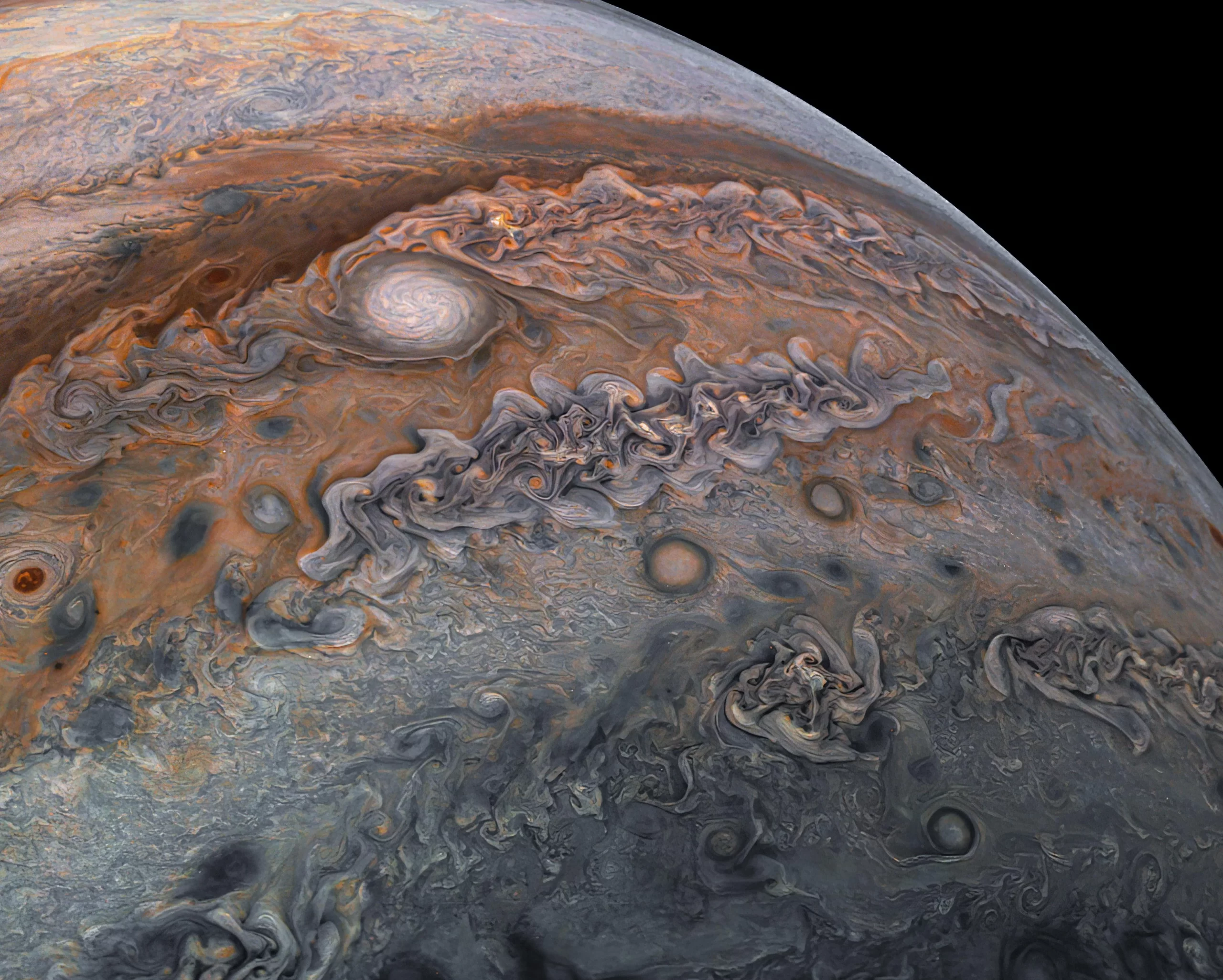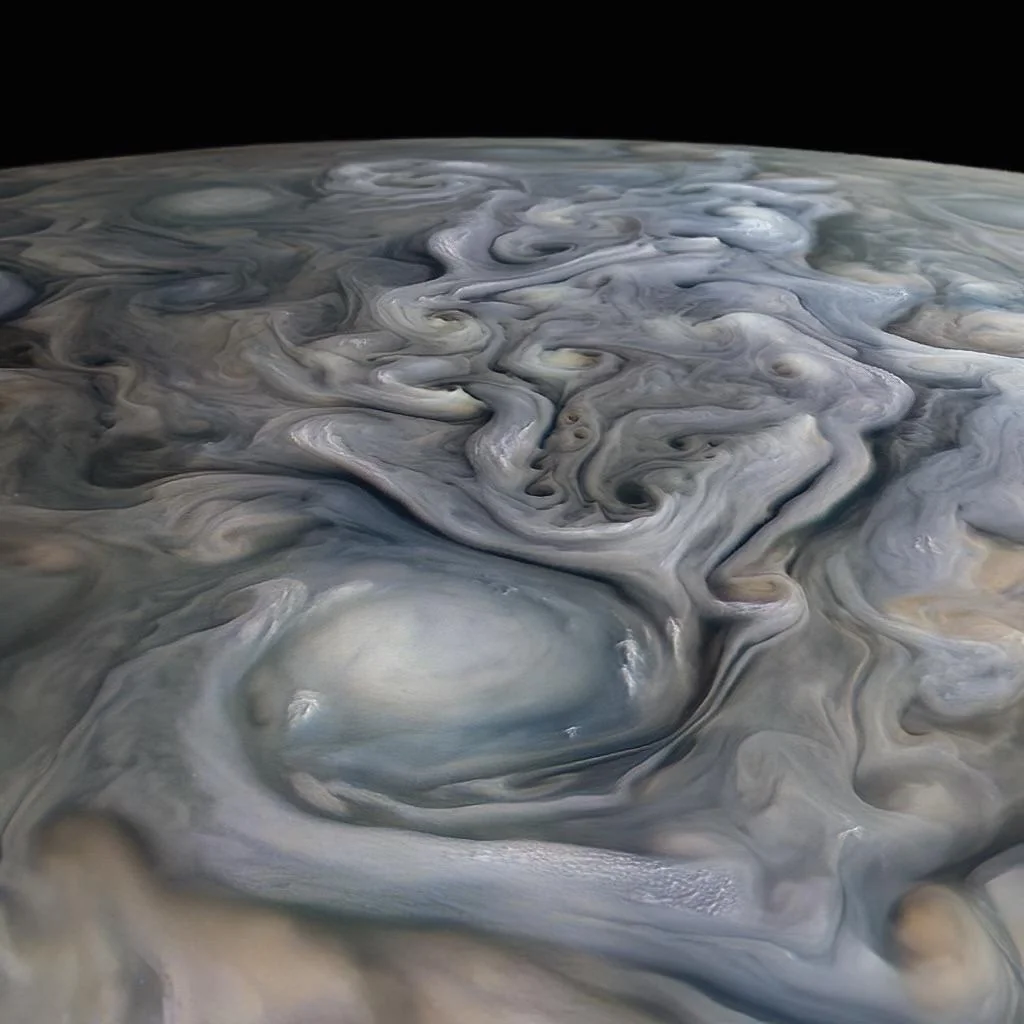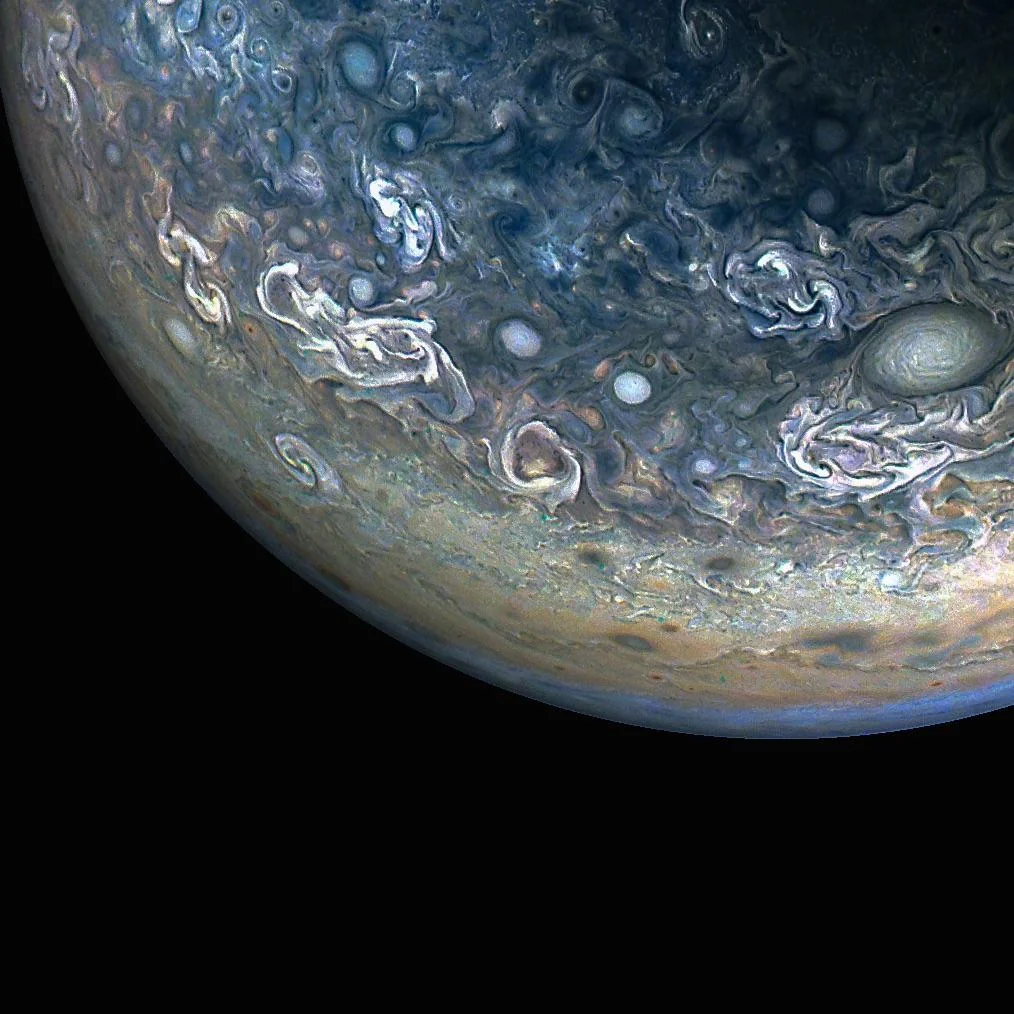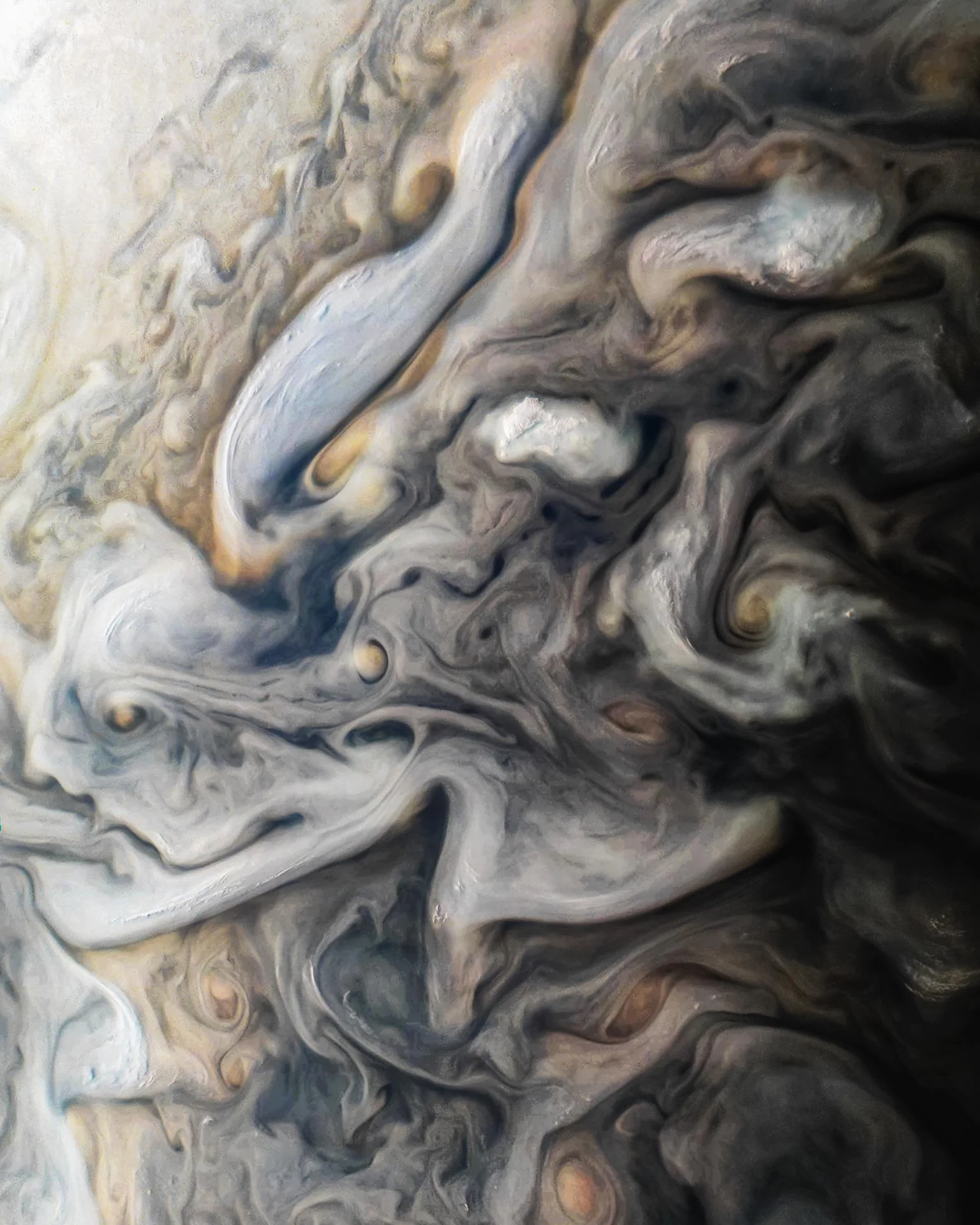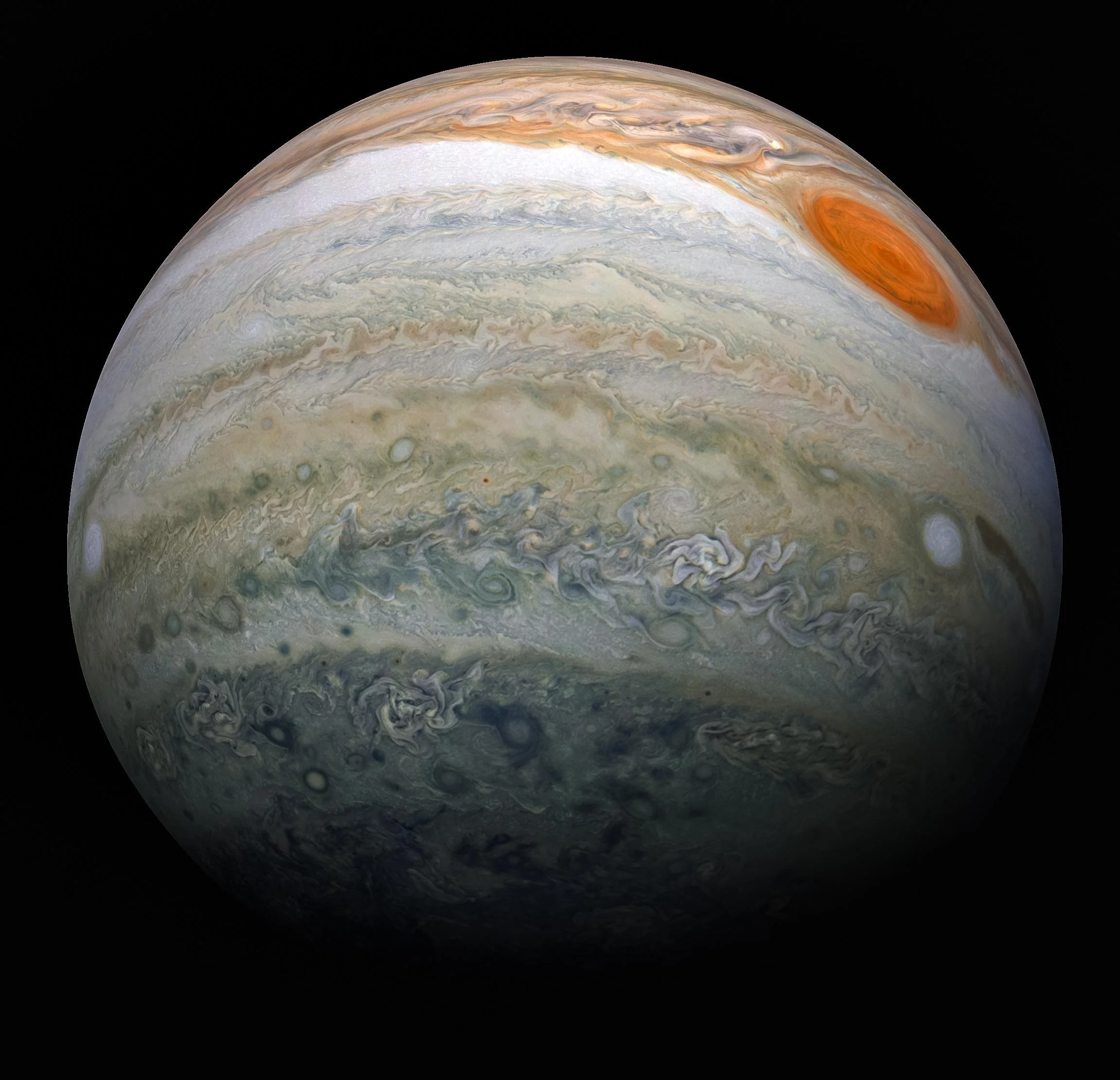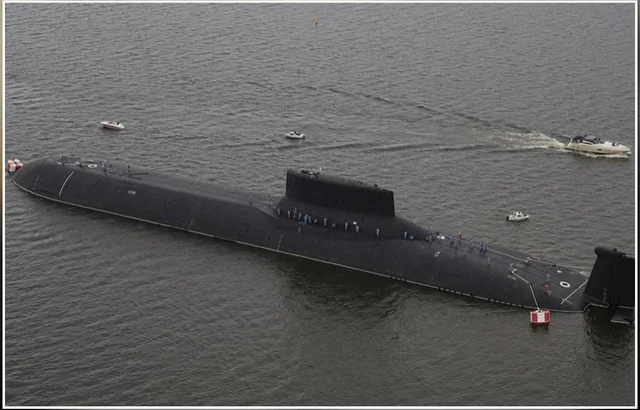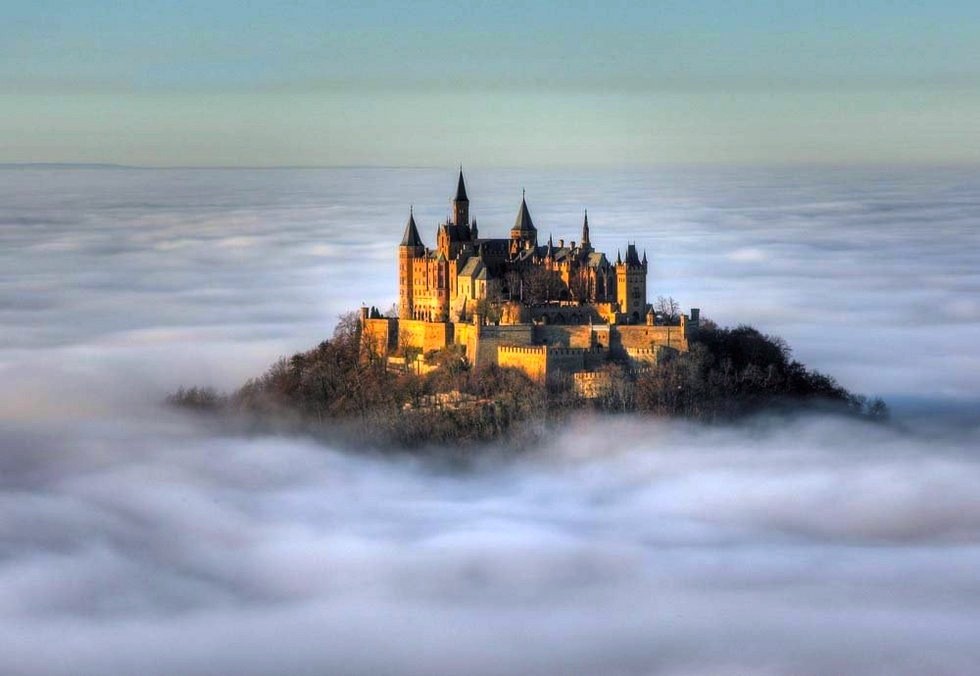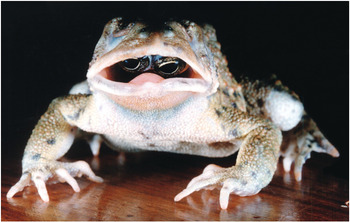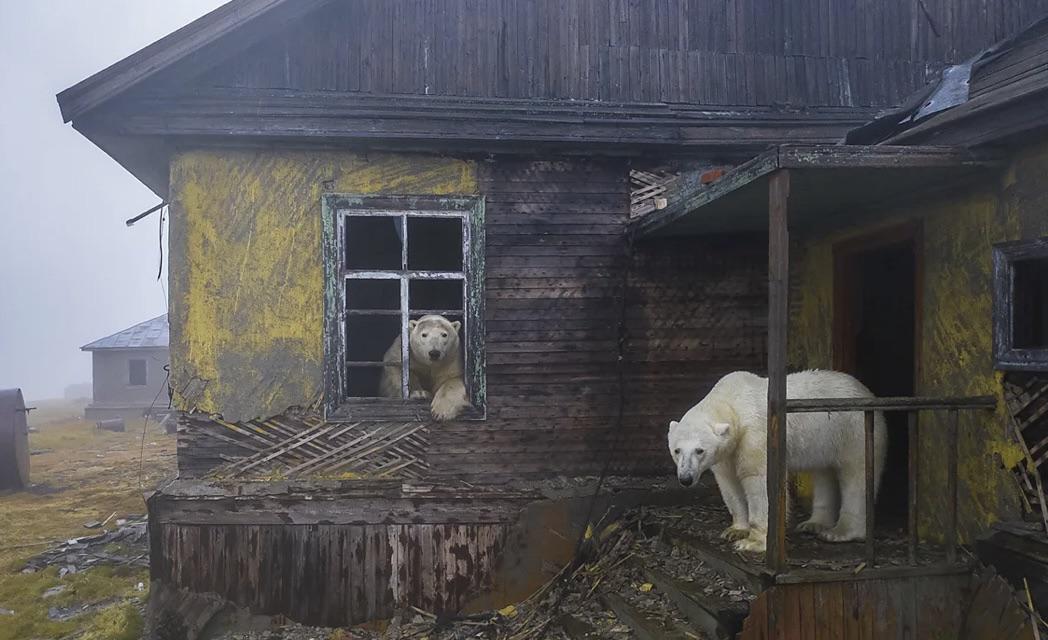Jupiter, the largest planet in our solar system, has been the subject of some of the most spectacular images in astronomical photography. From the early days of space exploration to the cutting-edge observations of modern probes, our visual understanding of this gas giant has evolved dramatically. These images not only showcase Jupiter’s breathtaking beauty but also reveal critical scientific information about its composition, weather patterns, and planetary dynamics.
The Voyager missions of the late 1970s provided humanity’s first detailed look at Jupiter’s complex atmospheric features. Voyager 1’s flyby in 1979 captured unprecedented images of the Great Red Spot—a massive storm system large enough to engulf three Earths—revealing its swirling structure and distinctive reddish-brown coloration for the first time. These images transformed our understanding of planetary atmospheres, showing dynamic weather systems on a scale difficult to comprehend by Earth standards.
The Voyager probes also documented Jupiter’s diverse collection of moons, capturing the first detailed images of Io’s volcanic activity, Europa’s cracked icy surface, and Ganymede’s complex terrain. These groundbreaking pictures laid the foundation for all future Jupiter exploration and sparked decades of scientific inquiry about the Jovian system.
Since its deployment in 1990, the Hubble Space Telescope has regularly monitored Jupiter, producing some of the most consistently stunning images of the giant planet. Hubble’s ability to observe in multiple wavelengths of light has allowed astronomers to create dramatic composite images highlighting Jupiter’s atmospheric layers and cloud structures.
Among Hubble’s most remarkable Jupiter photographs are those capturing rare events, such as the Shoemaker-Levy 9 comet impact in 1994. These images showed the dramatic dark scars left in Jupiter’s atmosphere after the collision, providing valuable data about the planet’s atmospheric dynamics and its role as a “cosmic vacuum cleaner” protecting inner planets like Earth.
The Cassini spacecraft, though primarily dedicated to Saturn exploration, captured spectacular images of Jupiter during its 2000-2001 flyby. These photographs included some of the highest-resolution color images of Jupiter taken up to that point, showcasing the planet’s banded structure in exquisite detail.
Particularly noteworthy were Cassini’s images of Jupiter’s poles, areas difficult to observe from Earth, revealing complex circulating storm systems and cloud patterns that differed significantly from the familiar equatorial regions. These images helped scientists understand Jupiter’s global atmospheric circulation and provided context for later polar observations.
NASA’s Juno mission, which entered Jupiter’s orbit in 2016, has revolutionized our visual understanding of the giant planet. Unlike previous missions that observed from a distance, Juno’s unique polar orbit brings it extraordinarily close to Jupiter’s cloud tops, allowing for unprecedented detailed images.
Juno’s JunoCam has captured stunning close-up views of Jupiter’s cloudscapes that reveal them to be far more three-dimensional and structurally complex than previously understood. The swirling clouds, particularly at the poles, display intricate patterns resembling impressionist art, with creamy whites, deep blues, and rusty oranges combining in turbulent, chaotic beauty.
Perhaps most striking are Juno’s images of Jupiter’s poles, revealing massive cyclones arranged in geometric patterns—phenomena never before observed or even predicted by planetary scientists. These polar vortices, some spanning thousands of kilometers, arranged in pentagon and octagon formations, represent entirely new insights into gas giant meteorology.
The James Webb Space Telescope has recently added to our collection of Jupiter imagery, observing the planet in infrared wavelengths that reveal features invisible to other instruments. These images highlight temperature differences in Jupiter’s atmosphere, auroral activity at the poles, and previously unseen details in the planet’s ring system.
Webb’s infrared capabilities allow it to peer through certain cloud layers, creating images that complement visible-light photography from other sources and provide a more complete understanding of Jupiter’s atmospheric structure and dynamics.
Some of the most artistically stunning images of Jupiter come not from space agencies but from amateur astronomers and citizen scientists. Using sophisticated ground-based telescopes and advanced image processing techniques, these dedicated individuals have produced remarkable portraits of the giant planet.
Additionally, NASA’s Juno mission has actively encouraged public participation through its JunoCam community, where raw images are made available for processing by anyone interested. This collaboration has resulted in stunning artistic interpretations of Jupiter’s cloudscapes, often rivaling official mission imagery in their visual impact and occasionally revealing features that might otherwise have been overlooked.
